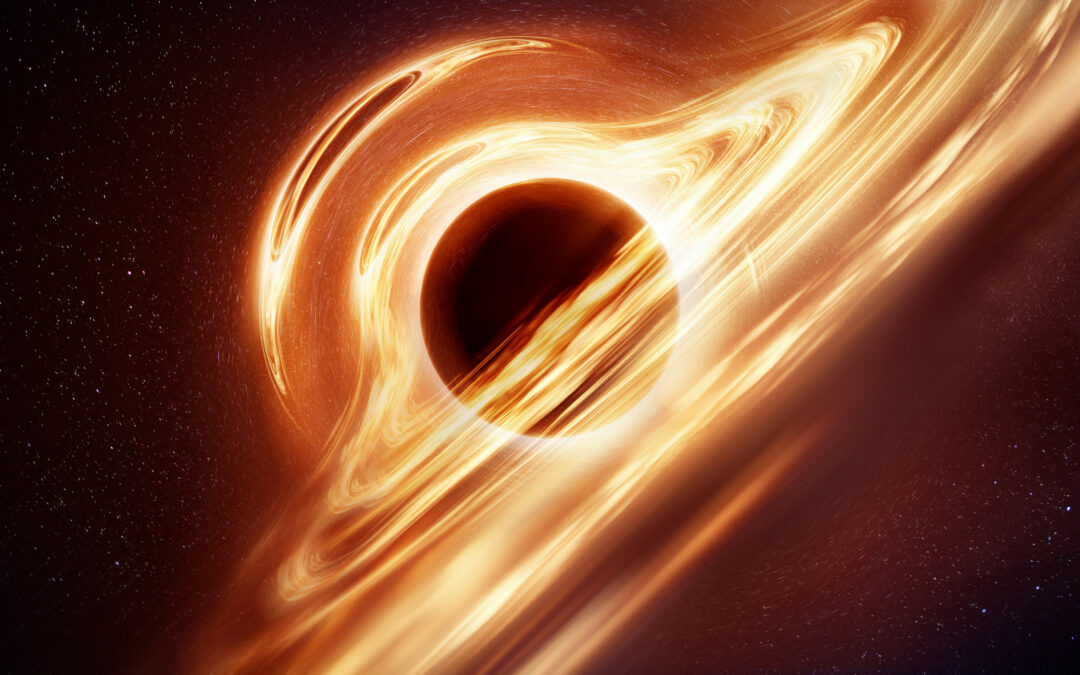NASA has shared a picture of what it might look like to fall into a black hole.
A lot of us have asked ourselves that question, and hopefully none of us will ever see the answer for ourselves.
But in case you were still curious, an astrophysicist has now made a movie that gives you an idea of what it might look like.
That is, if you could see what was going on during the strange process of “spaghettification,” in which something being sucked into a black hole would be “stretched” out forever.

There is an astronomer named Jeremy Schnittman who worked on the movie at NASA’s Goddard Space Flight Center.
It shows what it might have looked like if someone had gone past the event horizon of a black hole.
At this point, the black hole’s gravity becomes so strong that there is no way to get out.
READ MORE: NASA Once Paid A Man $1,000,000,000 To Prevent An Asteroid From Colliding With Earth
Schnittman talked about the film and dished on the reason he created it.

He said, “This is something that a lot of people want to know, and simulating these hard-to-imagine processes helps me connect the math of relativity to real-world effects.”
After some thought, Schnittman chose to show two situations in his movies, which he made on a NASA supercomputer.
He said, “I simulated two different scenarios. In one, a camera (which I used to represent a brave astronaut) just misses the event horizon and slingshots back out. In the other, it crosses the boundary and its fate is sealed.”
READ MORE: Scientists Issue A Dire Warning To NASA, Stating That Its Current Plans Could “Destroy” The Moon
No matter how fast you move, nothing can escape the pull of gravity over the event horizon. Not even light.
Schnittman talked about what kind of black hole is the best to fall into.
To be clear, we don’t mean that you might live; we mean that the end would come faster.

“You want to fall into a supermassive black hole if you can,” he said. Stellar-mass black holes have event horizons that are much smaller and stronger tidal forces that can tear apart things before they reach the horizon. These black holes can have up to 30 times the mass of the sun.
Even more, if you get close enough to a black hole, you might have a different sense of time.
From the outside, it might look like you never crossed the event horizon, even though you did.
And you would be younger when you got back from a trip where gravity sewed you around.
But don’t get too excited, because it will only be by 36 minutes.
Radiant TV, offering to elevate your entertainment game! Movies, TV series, exclusive interviews, music, and more—download now on various devices, including iPhones, Androids, smart TVs, Apple TV, Fire Stick, and more.


